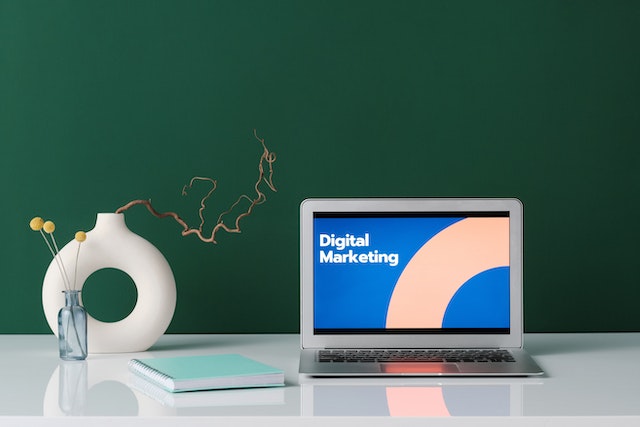At Web Design For Business we can implement your specific photographic content on your business website. You can bring your own photographic content, we will work with your nominated photographer and or graphic designer – or we can do it all for you.
High quality photography helps to tell your website visitors what you do and projects a professional image levelling the playing field for small business, photos demonstrate your products and services. Research tells the story of website visitors rather than reading text content, focussing on photographic content. The use of photographs is essential for a successful website – yet often overlooked.
The best photographic content is your own
Photos from your place of business, yourself, products, service environment – photos tell the story. At Web Design For Business we will always ask you for available photographs to support the creating of your new business website.

Custom Photography, Videography and Graphic Design
Are you looking for a photographer to best present your business? Ask us about our partner provided photography, videography and graphic design services to support our business web design efforts.
Royalty Free Stock Photos for Web Design
That being said, many of our small business clients don’t have access to photographic content and may not with to invest into a professional photographer. We can help! We use and work with royalty free photographic repositories allowing us to pick and choose photographs to support your new website. We work with solutions like for example pexels.com which we warmly recommend to all which may be looking for suitable photographic materials. Pexels is royalty free – You can search through thousands of royalty free images on Pexels. You can use all images for free, even for commercial use. All images are completely royalty free and licensed under the Pexels license. Use them for any project you want.
If you want to get started and drive the preference of the layout look and feel of the web design we will provide for your business – why not browse through pexels and find suitable images to guide our website design efforts?
Using royalty-free stock photos on a business website can be a cost-effective way to enhance the visual appeal of your website, while also providing valuable information to your customers. However, it is important to understand how to properly use these photos to avoid any copyright infringement.
First, it is important to understand the difference between royalty-free and copyright-free. Royalty-free means that you can use the photo as many times as you want, for as long as you want, without paying any additional fees. However, it does not mean that the photo is free to use without any restrictions. Copyright-free means that the photo is not protected by copyright and can be used freely by anyone without any restrictions.
When looking for stock photos to use on your website, it is important to find a reputable stock photo website. Websites like Shutterstock, iStock, and Getty Images offer a wide variety of high-quality stock photos that can be used for a variety of purposes. You can search for photos using keywords or browse through different categories to find the perfect photo to fit your needs.
When you have found a photo that you would like to use on your website, you will need to purchase a license. The cost of a license will vary depending on the website you are using and the type of license you need. For example, a standard license may allow you to use the photo on your website, while an extended license may allow you to use the photo in print materials or on other marketing materials.
Once you have purchased the license, you will be able to download the photo and use it on your website. It is important to read the terms of the license carefully and make sure that you are following all of the guidelines set out in the license. This may include attribution requirements, where you need to credit the photographer or stock photo website.
When using stock photos on your website, it is important to use them in a way that adds value to your website. For example, you can use them to highlight different products or services, or to provide visual interest to your website. You can also use them to provide information about your business, such as how it operates or the types of products or services you offer.
It’s important to keep in mind that it’s illegal to use stock photos in a misleading way. This means that you can’t use stock photos to create fake or misleading product images or create a false representation of your business or services.
Additionally, you should make sure that the stock photo you’re using is not being used by any other business in your industry. This could lead to confusion among customers and could also be considered as a violation of copyright.
It’s also important to keep in mind that you should not use stock photos in a way that could be considered offensive or discriminatory. This could include using stock photos in a way that could be considered racist, sexist, or homophobic.
In conclusion, using royalty-free stock photos on a business website can be a cost-effective way to enhance the visual appeal of your website, while also providing valuable information to your customers. However, it is important to understand how to properly use these photos to avoid any copyright infringement. Always ensure that you are using the photos in a legal and ethical way and that you are following all of the guidelines set out in the license. With a little bit of research and careful planning, you can use stock photos to create a beautiful and engaging website that will help you stand out from the competition.
Web Design For Business provides professional website development and maintenance services to the Australian business community. Based near beautiful Bundaberg in South East Queensland we work with our clients via zoom, skype or in person if you are in the Bundaberg region.

